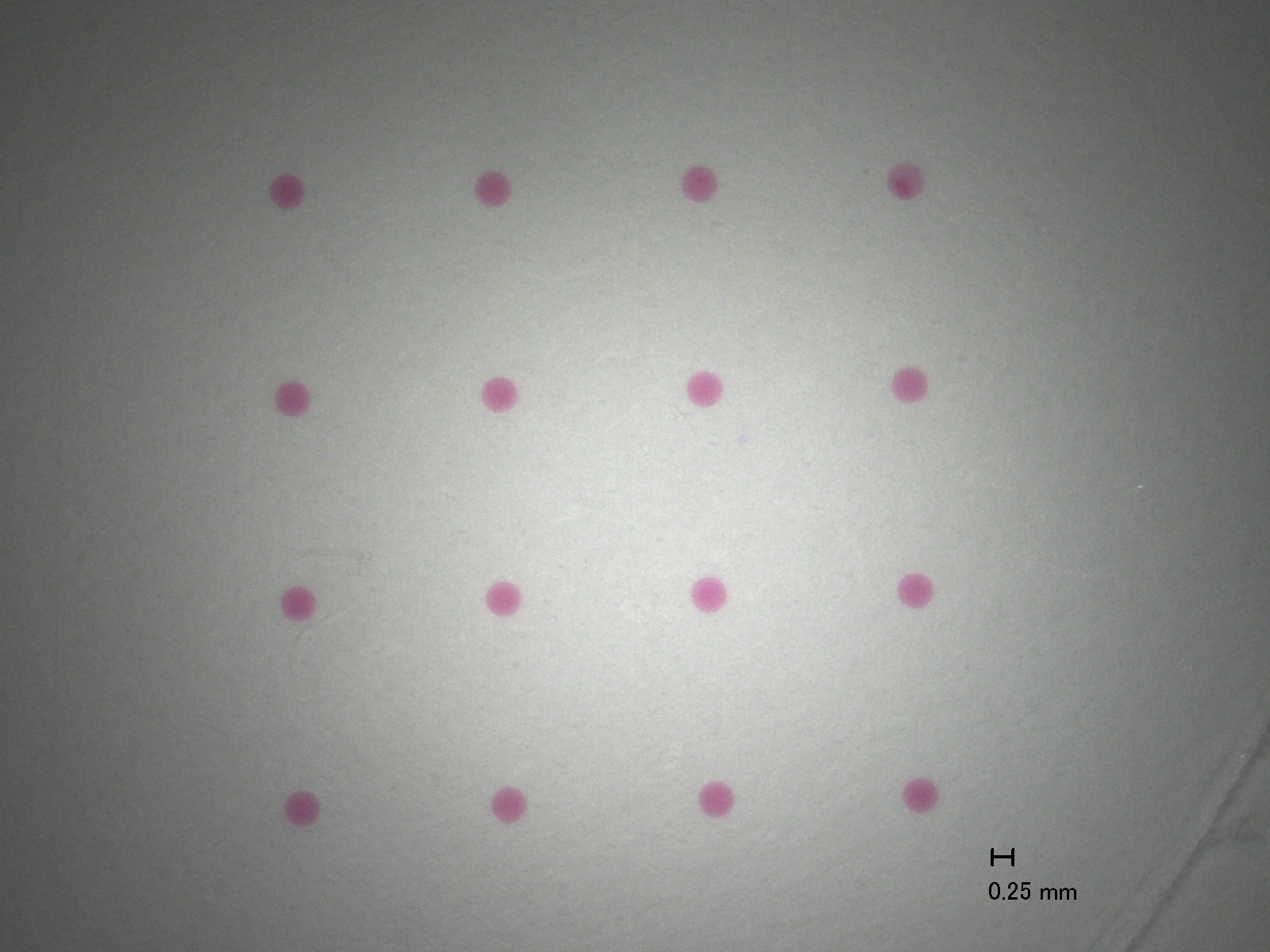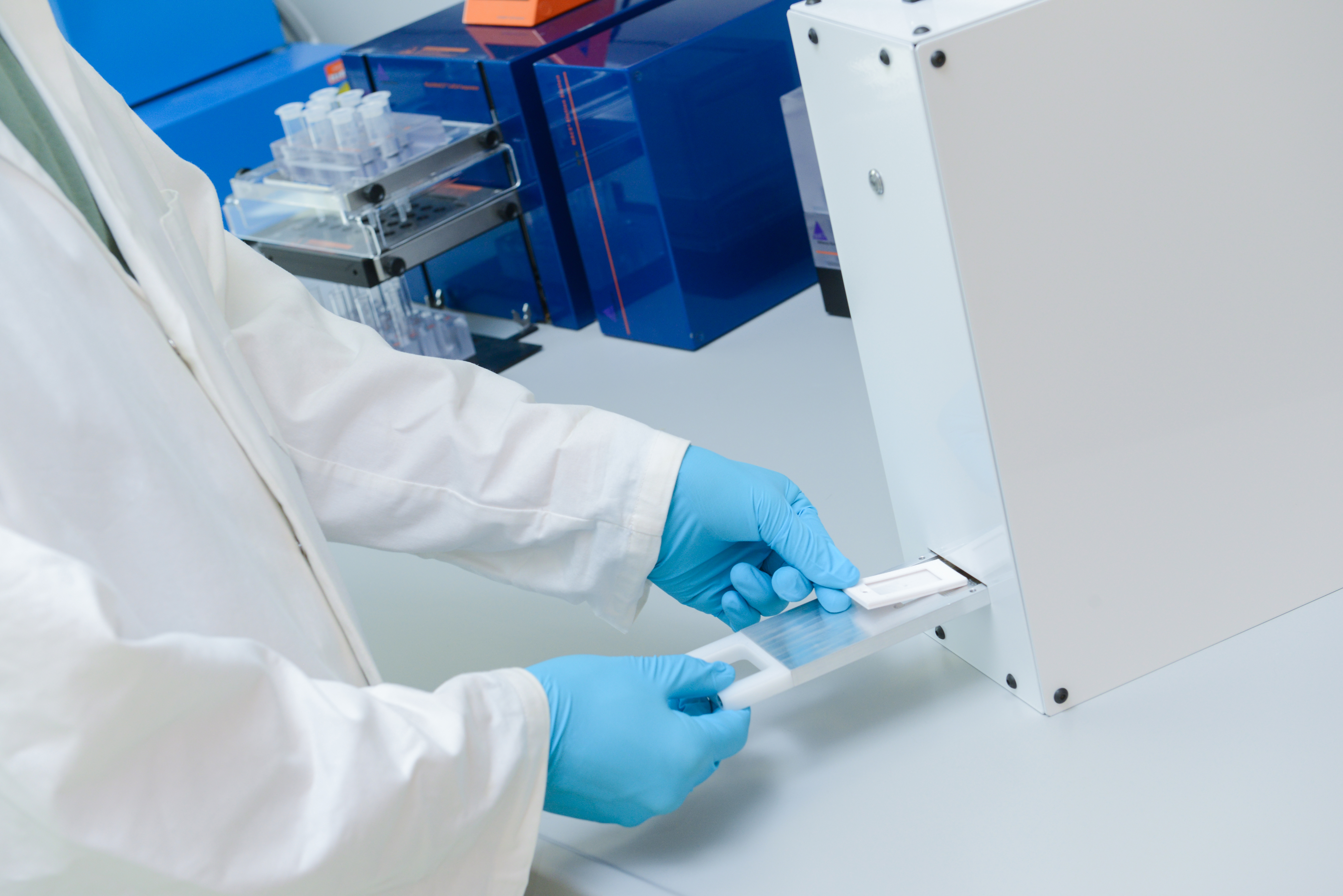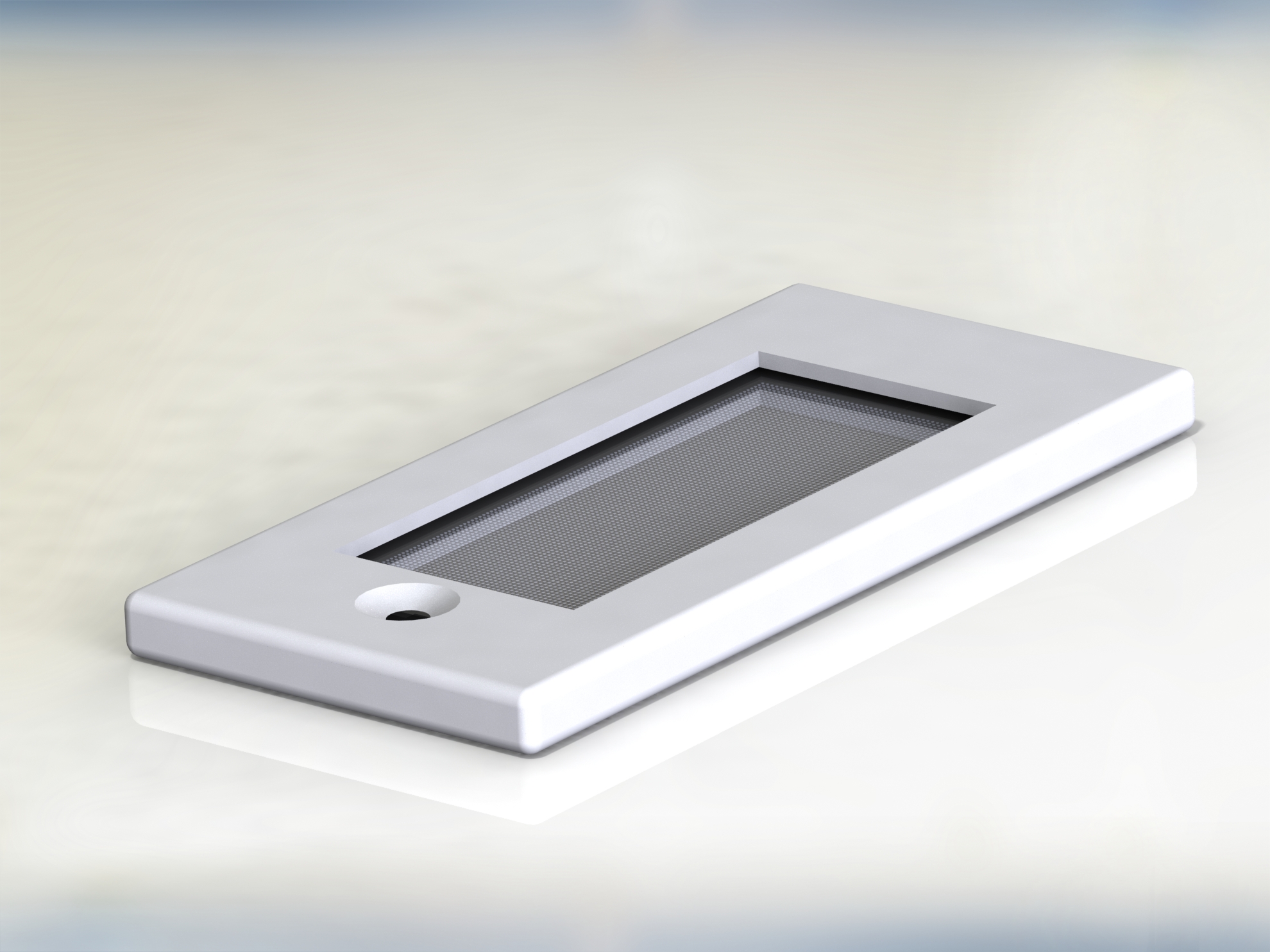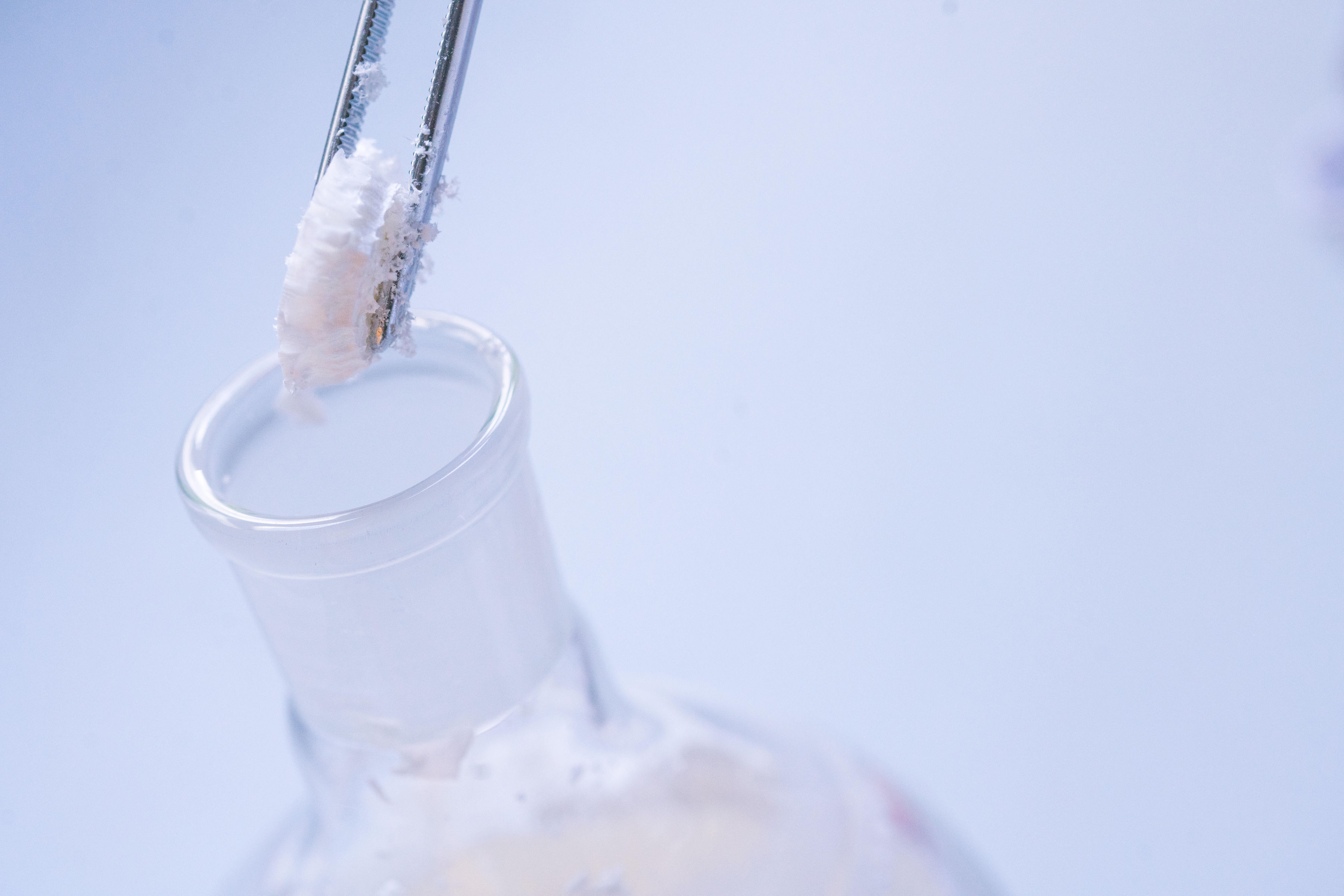Rapid antigen tests quickly provide a result on a corona infection – however, unlike the PCR test, the accuracy leaves much to be desired. A consortium of the Fraunhofer Institutes for Production Technology IPT, for Interfacial Engineering and Biotechnology IGB and the Fraunhofer Center for Manufacturing Innovation CMI in Boston (USA) is therefore researching an alternative that is both fast and accurate. The Pathogen Analyzer uses the LAMP test in a patented, printable hydrogel and is quickly transferable to other pathogens.
OmniTest – Nanogel biosensors for fast and safe pathogen diagnostics
Who doesn't know it? The throat is scratchy, a feeling of listlessness spreads. Have you been infected with Corona? You can quickly check this at home using rapid antigen tests -– but the accuracy of these tests leaves a lot to be desired. Many infections remain undetected, and false positive results can also occur. For reliable detection, a PCR test is indispensable, but this is both much more expensive and more time-consuming.
Fast and reliable results
A network of researchers from the Fraunhofer Institute for Production Technology IPT, the Fraunhofer Institute for Interfacial Engineering and Biotechnology IGB and the Fraunhofer Center for Manufacturing Innovation CMI in Boston (USA) now wants to change this. The three institutes are jointly developing thea Pathogen Analyzer SECURIGEL (Fig. below left) and combine the advantages of antigen and PCR tests: speed and accuracy.
Amplification at constant temperature
To amplify the genetic material, the institutes use a different method than the PCR test. The result is now available after about 30 minutes. The core of the technology is the encapsulation and on-chip storage of pathogen-specific diagnostics using RT-LAMP (reverse transcription loop-mediated isothermal amplification) in a patented, printable hydrogel (Fig. below middle). The reaction for amplifying the viral RNA takes place at a constant temperature of 62 °C –- the heating and cooling of the sample liquid required in PCR is not necessary.
Multiplexing by hydrogel
For this purpose, we at Fraunhofer IGB and Fraunhofer CMI have printed numerous small hydrogel droplets on a test chip similar in size to a rapid antigen test (Fig. below middle). These biogel nanosensors are arranged in 1500 individual 500 pL spots, with 500 additional spots each for simultaneous positive and negative controls, which increases the accuracy and reliability of the results. The hydrogel was optimizsed at the Fraunhofer IGB for the adhesion of the droplets to the chip surface and the reaction for a correct test result. Accordingly, our hydrogel (Fig. below right and above right) is characterizsed by five features: Spatial multiplexing capability, lower detection limits, on-chip storage of reagents, longer shelf life and scalability. The key advantage of our approach is a simplified sample preparation and discretizsation –- i.e. obtaining finitely many ("discrete") data from a continuous flow of information –- of RT-LAMP to significantly reduce false positives.
Parallel detection of multiple pathogens
On the one hand, such a multiplexing approach increases reliability; on the other hand, it makes it possible to detect up to twelve different types of viruses simultaneously with one sampling and one chip. Since we developed the system as a modular system, it can be quickly adapted to new pathogens and thus new situations.

Services offer and collaboration

Advantages and technological readiness
Our solution distinguishes itself from other current products because of various advantages:
- Fast and accurate result
- No sample preparation required, which means that tests could also be carried out at home
- Printing process enables spatial multiplexing allowing testing for many different pathogens within one examination
The feasibility of our approach has been successfully demonstrated (TRL 3-4). The next step is to optimize the sensor layout and transfer it to cost-effective, scalable production processes.
Collaboration
Since we developed the system as a modular system, it is easily adapted to customer-specific issues such as new pathogens. If you are interested in the joint development of a market-ready product, please do not hesitate to contact us.
We see areas of application wherever information is needed quickly about whether and with which pathogens a person is infected. This can be the case, for example, at entrance control in areas with an increased risk of infection (hospitals, care facilities). By adjusting the pathogen spectrum on the sensor, our system is also suitable for monitoring microorganisms in the environment and food production or for quality control in pharmaceutical production.
One of the main functions of our patented hydrogel is the stabilization of biomolecules (proteins, enzymes). The hydrogel therefore also offers great advantages for the development of other products, e.g. other test assays, formulations or surface modifications.
Project information
Project title
OmniTest – Nanogel biosensors for fast and safe pathogen diagnostics
Project duration
June 2021 – December 2022
Project partners
- Fraunhofer Institute for Interfacial Engineering and Biotechnology IGB
- Fraunhofer Center for Manufacturing Innovation CMI, Boston (USA)
- Fraunhofer Institute for Production Technology IPT
Project coordination
- Fraunhofer Center for Manufacturing Innovation CMI, Boston (USA), Dr. Christine McBeth
Funding
Fraunhofer (Program: PACT)
 Fraunhofer Institute for Interfacial Engineering and Biotechnology IGB
Fraunhofer Institute for Interfacial Engineering and Biotechnology IGB

